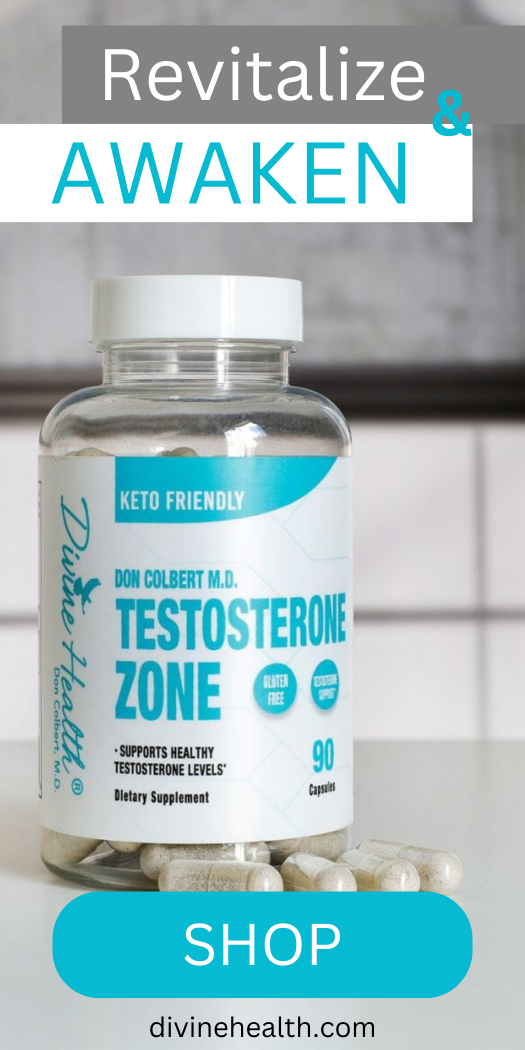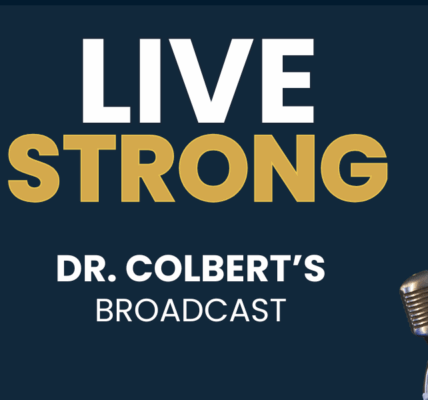There are many, many benefits to Keto Zone. However, some critics claim your health really suffers without carbs. They state healthy digestion and keto don’t mix. This is a myth.
While there are some potential issues to watch for with digestion and keto, they all have healthy fixes. This is true for any eating style.
Here are the potential (unnecessary) issues and benefits for digestion and keto zone eating, and how to fix any problems you encounter.
Digestion and Keto Concern #1: Low Fiber
When you remove most carbs from your diet, you also remove most of the fiber.
Fiber is necessary for healthy digestion and whole-body health.
Is Keto Zone a low fiber diet?
Of course, you could eat nothing but coconut oil and go into ketosis. This would be low fiber. It would also be unhealthy and unsatisfying.
Keto can be low-fiber. But, it certainly shouldn’t and doesn’t have to be. Like with any diet, it takes some proactive, healthy, eating choices to keep it well-rounded and fiber-full.
The Truth: When you follow Keto Zone recommendations, you’ll begin to replace low-fiber refined carbs with high-fiber vegetables (using cauliflower in place of rice), nuts (using almond flour in place of wheat), even high-fiber fats (avocados).
In fact, while those who eat the Standard American Diet typically consume less than the recommended 20+ grams (1), Keto Zone eaters can easily eat much more.
Digestion and Keto Concern #2: Keto Causes Constipation
Typically, if a diet or food is causing constipation, it’s not due to what’s been eliminated, but what’s been added.
Some people simply don’t digest certain foods well. This can be highly individual.
Foods that commonly cause constipation include:
- Nuts and Seeds – Anytime you go from eating very few nuts and seeds to eating everything with nuts and seeds, you risk digestion issues. If you’ve added nut flours, nut butter, nut fat bombs, and nut snacks rather suddenly, a may be a problem for you. Try omitting them for 2-3 days and see if it helps. Then, if you want to reintroduce, do so one at a time. Try sprouted nuts and seeds, or nut/seed butter instead of whole.
- Red Meat – For some people, red meat is simply difficult to digest. Most people who have slow digestion of red meat, know it. It doesn’t matter if they’re keto or not, this has been an issue for most of their lives. To resolve, decrease red meat and try poultry and fish instead.
- Full-Fat Dairy and Cheese – Dairy can be another slow digester. In addition, up to 50% of American adults do not have sufficient lactase to break down the lactose in dairy products. So, if you’re eating more cream or cheese than ever, you may want to take a step back. Try using coconut products instead, and omit the cheese for 1-2 weeks. A good substitution in meals is avocados. Obviously, they don’t taste the same or melt. But, when you use sliced avocados or Keto Zone Guacamole over a taco bowl, rather than cheese, the richness and creaminess is a great substitution and you likely won’t miss the cheese.
Digestion and Keto Concern #3: Healthy Gut Bacteria Suffer on Keto
There are two ways healthy bacteria in the gut suffer:
- They don’t get the prebiotic fibers they need to consume and proliferate.
- They aren’t readily replaced with fermented live-bacteria-containing foods when needed.
This is actually not a problem on Keto if you proactively eat foods with soluble fiber and live bacteria. And, this is true for any diet.
It’s actually very easy to include prebiotic foods on Keto Zone, like avocados, vegetables, chia seeds, and more.
Next, there are many fermented foods that can be included in Keto Zone: Try Fermented Green Supremefood, Organic Red Supremefood, plain yogurt, Hydrolyzed Collagen with Probiotics, Inulin and Psyllium Husk Powder and more.
Digestion and Keto Concern #4: Keto Causes Dehydration
It’s true that hydration can become a bit tricky on Keto Zone due to the body’s changing use of electrolytes. But, this is mostly true during the initial phase, while getting into the Keto Zone.
To make sure you don’t become dehydrated while getting into the Keto Zone, you’ll want to consume water to thirst (usually ~64-80 oz. per day), add Instant Ketones any time you are re-entering the Keto Zone or feeling dehydrated, add extra sodium (add to meals throughout the day or drink broth), use a magnesium supplement, and add more fluids and sodium if exercising).
If you follow these tips, you can easily enter the Keto Zone without dehydration or constipation.
Benefits of Digestion and Keto Zone
1. Elimination of Foods that Cause Many Food Intolerances
On the flip side, if you’ve suffered from poor digestion or digestive issues on the Standard American Diet, Keto Zone can help.
Unfortunately, according to the National Institutes of Diabetes and Digestive and Kidney Diseases, 60-70 million Americans are affected by all digestive diseases (2).
That’s quite a lot of people.
Fortunately, Keto Zone eliminates many foods that cause intolerances, right off the bat.
For example, by eliminating gluten and wheat, many intolerances are resolved.
By including diets too high in fermentable carbs and using more low FODMAP foods, many issues are improved (3, 4).
What’s more, many Keto Zone eaters easily eliminate dairy, which can be another type of food that’s difficult to digest.
2. Reduction in Inflammation
In addition, Keto Zone can drastically reduce bodily inflammation. This helps because some digestive disorders are rooted in inflammation, such as Crohn’s disease and ulcerative colitis (5).
One 6-month study concluded a low-carb diet like Keto Zone decreased several markers of inflammation more than a low-fat diet (6).
In addition, reduced inflammation is great for whole-body health and wellness.
Steps to Ensure Healthy Digestion and Keto Together
1. Proactively Use High-Fiber Keto Zone Foods
Adding these foods daily will eliminate many digestion issues, and provide 20+ grams of fiber:
- 3 servings of vegetables (6-10 grams of fiber) including greens
- ¼ cup nuts or 2 tablespoons nut meal (4 grams fiber) in place of refined flours and snacks (if tolerated)
- 2 tablespoons of seeds such as hemp heart seeds (4 grams fiber)
- 2 tablespoons chia seeds, like Living Chia with Probiotics, per day using recipes, like overnight chia “oatmeal” or chia pudding (8 grams fiber)
- 1/2 avocado per day (5 grams fiber)
2. Add Inulin and Psyllium Husk with Fiber Zone
You can also add fiber supplements like Inulin and Psyllium Husk. In fact, inulin is a key ingredient in Keto Zone MCT Oil Powder, and it provides many health benefits.
For example, one 4-week study found that 15 grams of inulin per day improved constipation in older adults (7).
Inulin promotes healthy gut bacteria balance and stimulates the growth of beneficial bacteria. When beneficial bacteria proliferate, yeast overgrowth is inhibited, digestion improves, and the immune system is supported (8, 9).
BONUS: If you have a difficult time getting enough fiber, there’s now a Keto Zone product to help. Try Fiber Zone. It’s formulated with psyllium husk and inulin and will support health, as described above, in an easy-to-take powdered supplement.
3. Stay Hydrated
As noted above, it’s important to stay hydrated on Keto Zone. Make sure to consume enough water, and especially while getting into the Keto Zone, add electrolytes and Instant Ketones.
4. Make Note and Avoid Foods That Constipate You
While this one seems obvious, it’s often overlooked. It’s not always what you’re missing in a diet that constipates, but what you’re eating. Try to document your diet and your issues, and find the culprit.
5. Try Adding any of these Pro-Digestion Keto Zone Foods
- Probiotics and Fermented Foods – Antibiotics and unhealthy lifestyles can destroy colonies of healthy bacteria in your small intestine. You can add them back with probiotic supplements and fermented foods or powders. In fact, most adults with chronic constipation have fewer probiotic colonies than those with healthy digestion. Probiotics can improve gut motility (10) and the frequency of bowel movements.
- L-Glutamine – This amino acids is a food source for gut cells, and can improve symptoms of irritable bowel syndrome, constipation, and other digestive ailments.
- Magnesium – Among its many benefits, magnesium promotes regular bowel movements. In fact, it’s speculated that many who suffer from constipation are deficient in magnesium.
- Warm Drinks, such as Coffee and Tea – Tea and coffee have natural chemical laxative effects and stimulates bowel movement and relaxes digestive smooth muscle with warmth.
Bottom Line
As with any style of eating, some people are simply going to have to work harder to make sure digestion is working well. Keto Zone is no exception.
You can optimize digestion and Keto Zone eating by proactively eating prebiotic foods, fermented foods, hydrating well, identifying foods that constipate, getting enough fiber, and more.
Don’t let poor digestion get you down. Improve your digestion with Keto Zone.








